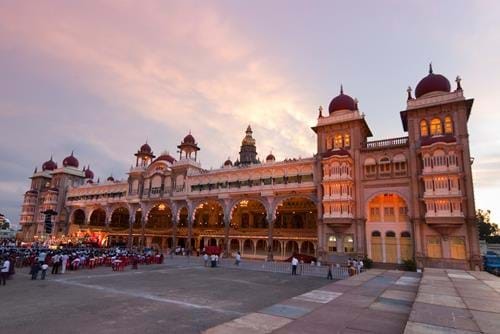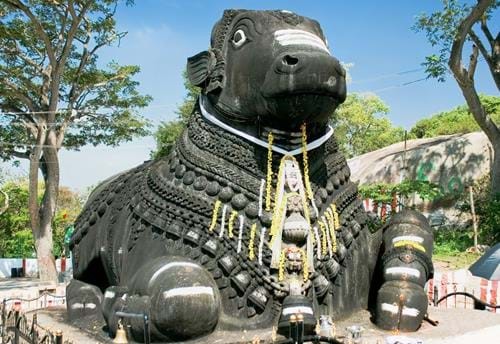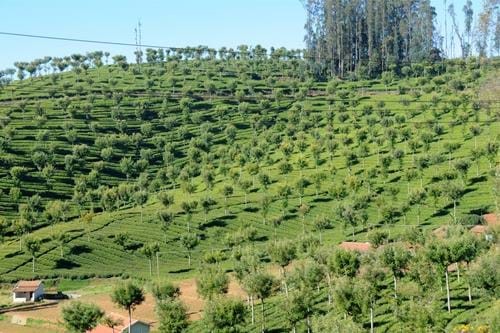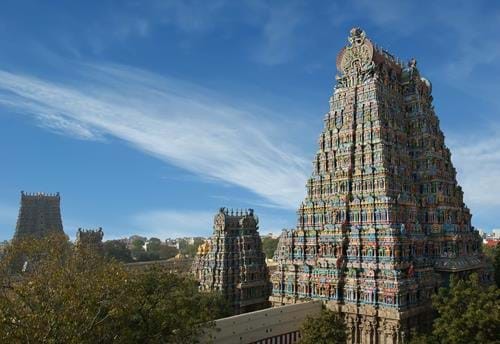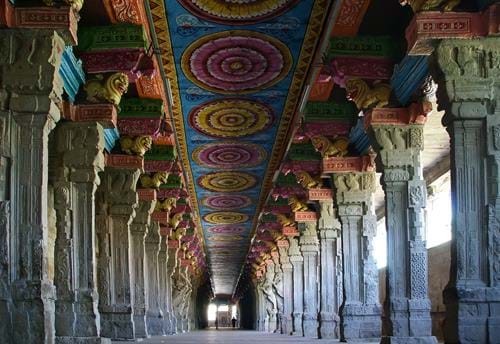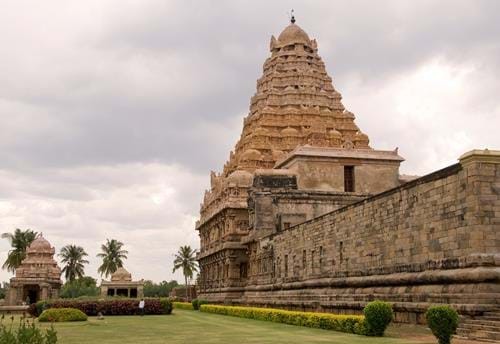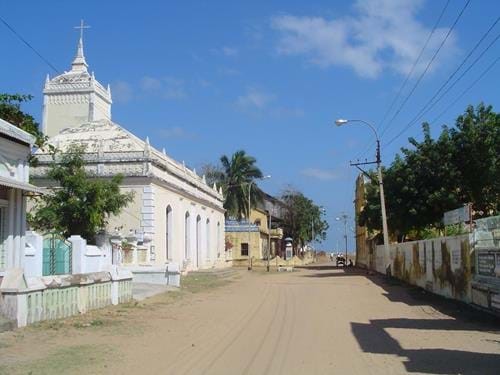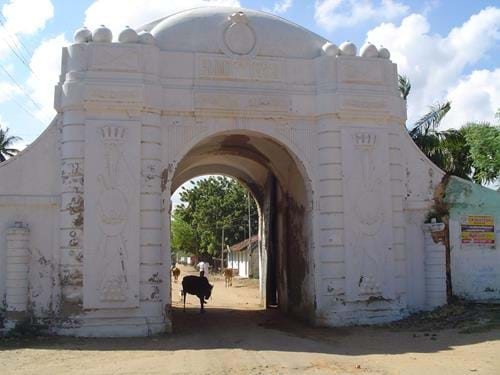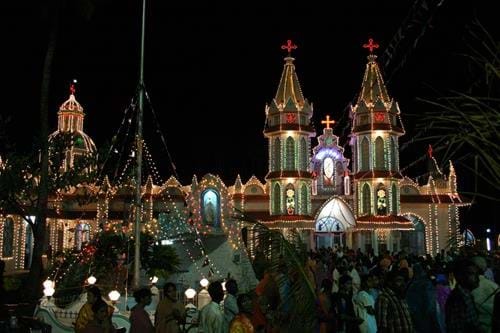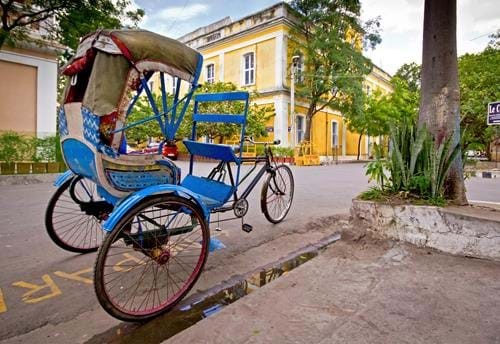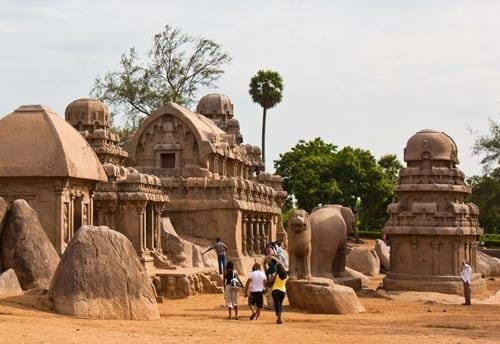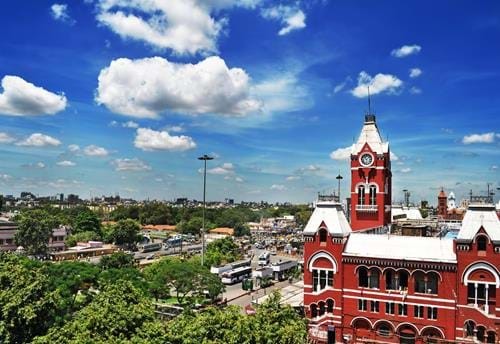Tailor-Made Tour
- Duration16 Days
- Flights IncludedYes
- Prices From £ 3495
 Places Visited :
Mysore, Ooty, Madurai, Chettinad, Thanjavur, Tranquebar, Puducherry, Mamallapuram
Places Visited :
Mysore, Ooty, Madurai, Chettinad, Thanjavur, Tranquebar, Puducherry, Mamallapuram
Revolving around colonial trading centres on the coast and the great Chola temples of Madurai and the Kaveri Delta, this culturally rich tour takes you through a succession of fascinating towns and cities before winding up with a relaxing spell on the beach at Mamallapuram – itself a UNESCO-listed World Heritage Site, thanks to its array of ancient Pallava shrines, chiselled from the villages giant granite boulders. You’ll also spend time in atmospheric Mysore, experience the cooler climes of Ooty, with its tea plantations and famous narrow-gauge railway, and get to stay in a succession of authentic heritage properties dating from the colonial heyday of the 18th and 19th centuries.
Remember, this trip can be personalised to suit your travel needs - we can tailor everything from hotel, travel type, duration and more.

